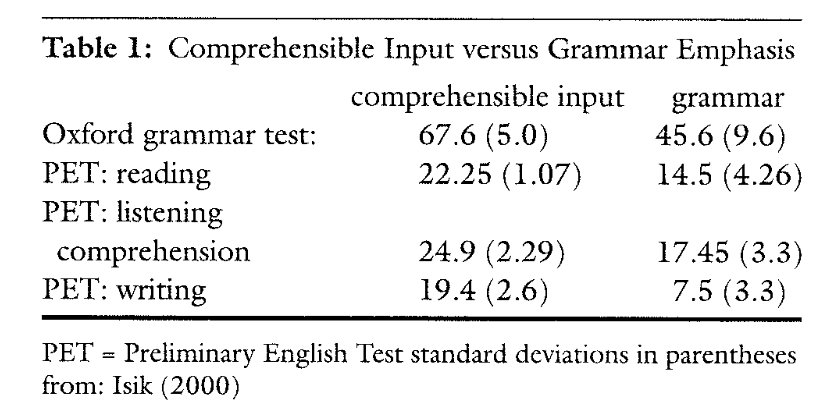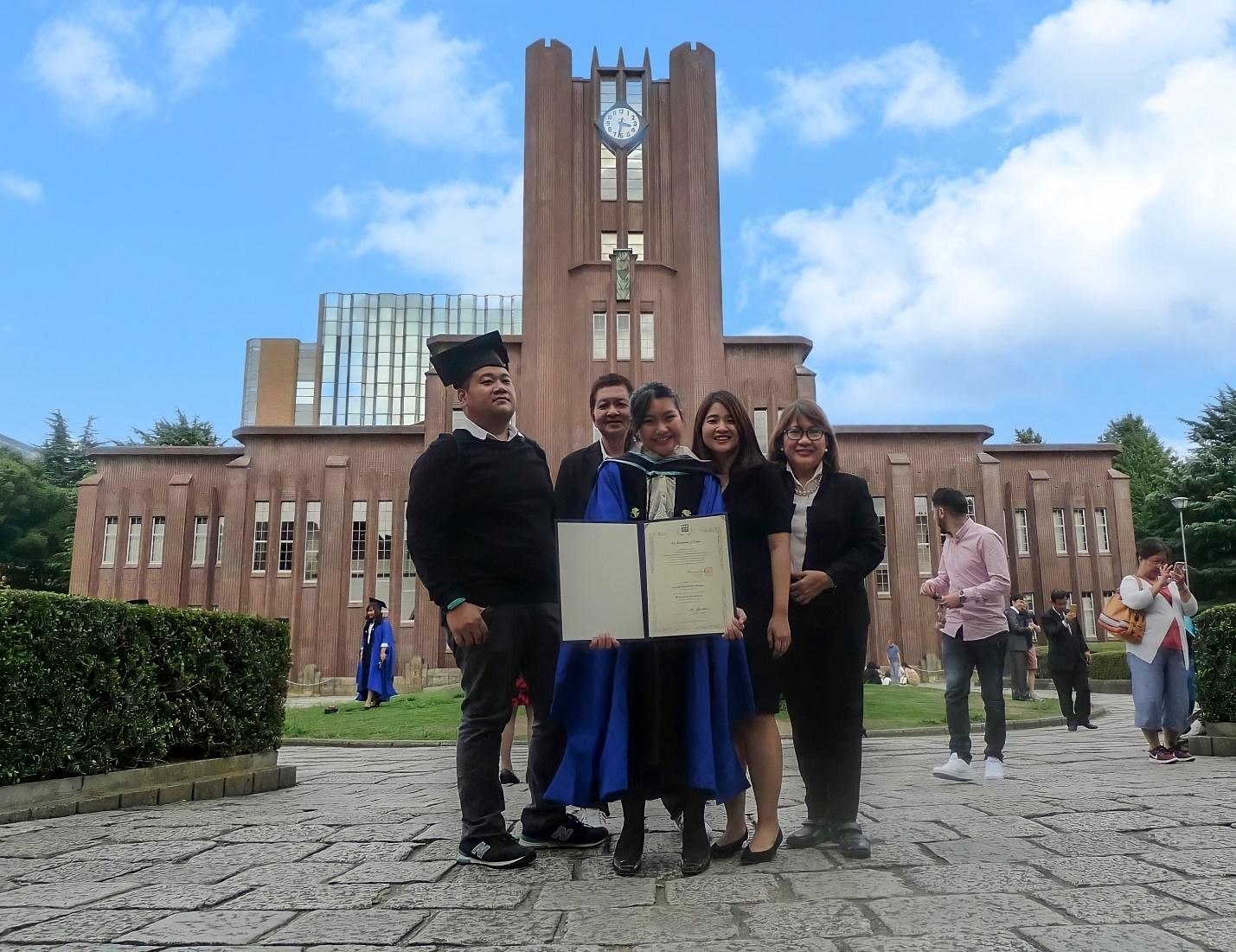How to Master Japanese Through the Immersion Approach

Introduction

When I first started learning Japanese, I joined a beginner’s course like most people do. The classes were fun and supportive, but I quickly realized that if I wanted to make real progress and achieve the mastery of the language that I needed to obtain the MEXT Scholarship, I needed a different approach. After a year of traditional classes, I took a risk: I left the classroom and committed to studying entirely at home through immersion.
At the time, I was around N5 level. Two years later, I passed the N1 on my first try, without taking any intermediate exams. For comparison, most people I know who reached N1 with traditional methods took 8-12 years. I didn’t have endless free time either; I balanced full-time work, study, and even a minimal social life. The difference? A study method that actually works.
This post isn’t about selling anything. I just want to share the approach that helped me achieve advanced Japanese faster than I ever imagined. Thanks to this study technique, I managed to reach a high level of fluency in a very small amount of time and am now living my dream studying Japanese Linguistics at the University of Osaka.
Why Immersion Works
Most students give up before reaching N2, let alone N1. But it’s not their fault. It’s the method. Traditional classes focus on memorizing grammar rules and vocabulary lists, which rarely translate into real-world communication.

Learning a language is like learning to ride a bike. You can read about pedaling and balance, but the only way to really learn is to get on the bike. Languages work the same way: real understanding comes from exposure, not exercises.
Research shows that grammar learned from books mostly acts as a “safety net” in conversations when you have time to think. In real-life situations, those rules don’t come to mind fast enough. Instead, the key is “comprehensible input”: repeated exposure to meaningful language.
For example, if a Japanese person greets you “ohayou gozaimasu” in the morning and “konbanwa” at night for a few days, you naturally figure out which greeting fits which time of day, even without explicit explanation. This is exactly how babies acquire language. And while we’re no longer babies, our brains still pick up patterns through consistent exposure, whether through anime, games, or music.
A study conducted in the year 2000 compared two groups: one learned grammar from textbooks, the other simply read fiction books, without doing any annoying grammar exercises. Guess who scored higher on the grammar test. Believe it or not, the readers performed far better in grammar tests. Even in writing.

The Immersion Approach
Immersion means surrounding yourself with the language in ways that feel natural. Instead of replacing your native language’s content with Japanese reluctantly, make it enjoyable: read, watch, listen, or play in Japanese. The goal is to learn through everyday activities rather than forcing study sessions.
It’s important to understand the difference between “acquisition” and “learning.” Acquisition is unconscious. You absorb the language by understanding messages. Learning is conscious, you memorize rules. Acquisition drives real progress.
For Japanese, this method can be applied even if you’re starting from scratch. Thanks to digital tools, we can overcome traditional barriers like kanji and vocabulary. Here are my go-to tools:
- Anki: A spaced repetition system for memorizing kanji and vocabulary efficiently. Start with hiragana and katakana, then gradually add basic words.
- Yomitan: A browser extension that shows instant readings and definitions while reading online texts. You can also generate Anki flashcards from it.
- Ttsu Reader: Lets you load ebooks and use Yomitan with them. Tracks reading progress and syncs with Google Drive.
Start small: master hiragana and katakana with Anki, then move to a basic vocabulary deck. Pick a simple book. Light novels are perfect for the task. Read slowly, use Yomitan for unknown words, and create flashcards for review. Occasionally, Google Translate can help clarify tough sentences.
As your reading improves, expand immersion: anime, YouTube, podcasts, and eventually, no subtitles. Progress comes from consistent exposure. Over time, you’ll notice the language becomes easier, comprehension faster, and unknown words rarer.
Tips and Reflections
One lesson I learned the hard way: speaking too early can reinforce mistakes. If you practice with other beginners, you may subconsciously copy their errors in pronunciation, vocabulary, or grammar. Instead, focus first on understanding messages from native speakers. Once you reach a solid intermediate level (around N3-N2), speaking becomes more productive.

Another important tip: don’t just skim texts. Comprehension is crucial. At first, reading will feel slow, but speed comes naturally with repetition. Set achievable goals: one book, then three, five, ten. With each one, your Japanese improves.
Statistics from Japanese language schools show that students who pass N2 and N1 read far more than those who don’t. Reading builds the foundation for comprehension, grammar, and vocabulary simultaneously.
Conclusion
In this post, I briefly explained the immersion method, which helped me reach N1 in just two years while balancing work and study. It has helped me immensely to achieve my goals with the language, and I am sure that it can help you achieve yours as well. Here’s a quick summary of what I found most effective:
- Real learning happens through comprehensible input, not forced grammar drills.
- Immerse yourself in content you enjoy: books, videos, podcasts, and games.
- Use tools like Anki, Yomitan, and Ttsu Reader to streamline learning.
- Focus on acquisition first, then production. Speaking comes later.
- Consistency beats intensity. Small, daily steps lead to lasting progress.
If you’re serious about learning Japanese, whether for university, work, or personal goals, consider trying immersion. It’s not just faster; it’s more enjoyable. And once you start, you’ll realize that every novel, anime, and video becomes a step closer to fluency.









